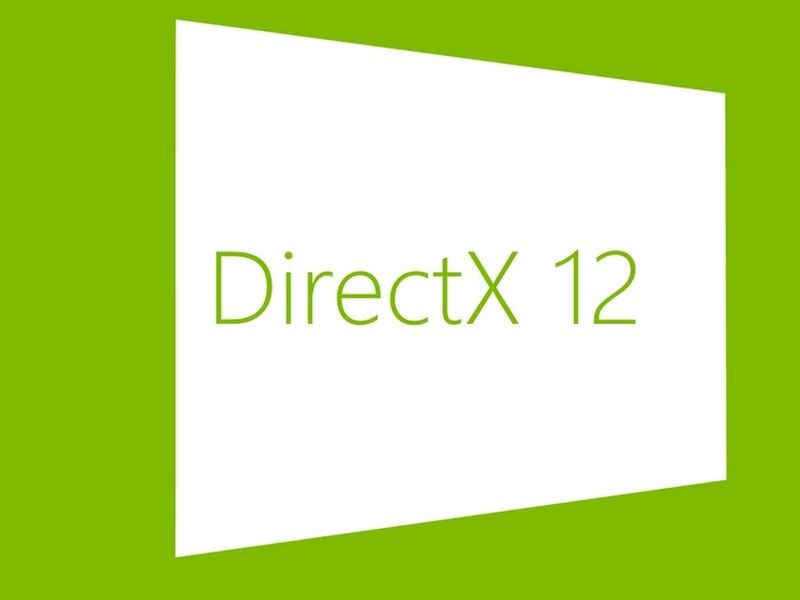The hype about DirectX12 and Vulkan.
The talk of the DirectX12 and Vulkan arrived and it promised massive frame rate increase, ability to combine GPU’s even those from different brands and a drastic reduction in CPU bottlenecks. To start knowing why, we need to firstly know what an API is.

API: application programming interface
An operating system’s available resources and tools that developers can use to create software with.
It has problems such as whether to make the blocks simpler to use at the expense of their effectiveness or supporting huge features which can under-performing the API.
An under-performing API can have a severe impact on the performance of the finished program which is a big problem for those who want more realistic effects and animations but don’t have the money to spend on a new graphics card.
AMD Solution:
AMD sought to give programmers a more direct access to how their software interacted with the GPU. This allowed them to better optimize their software and improve performance. While they were generally successful in achieving the games list supporting it, is pretty slim. Also without other graphics chip makers support, it was likely to stop. That is when Microsoft and KHRONOS come in with their APIs.
Microsoft and KHRONOS Solutions:
While those are two different approaches, they’re both following the same route. Both of them work to minimize graphical driver overhead by simplifying protocol roots and reducing operation redundancies.
They focus heavily on preventing draw calls ( The commands given by the cpu to the gpu to render something) from being a setback as more objects appear onscreen in a given scene and to assist multi-threaded cpu’s with evenly spreading out their workload to theoretically improved performance.
Both software now work on existing graphics cards provided you have a compatible operating system and driver though sometime the improvement isn’t that noticeable since most of the bottlenecks for the existing games are mitigated during game development anyway. However, in the future as this technology is developing, it’s highly unlikely to be left and not be used.
What’s up to all, for the reason that I am actually keen of reading this webpage’s post to be updated on a regular basis. It includes pleasant data.
Comments are closed.